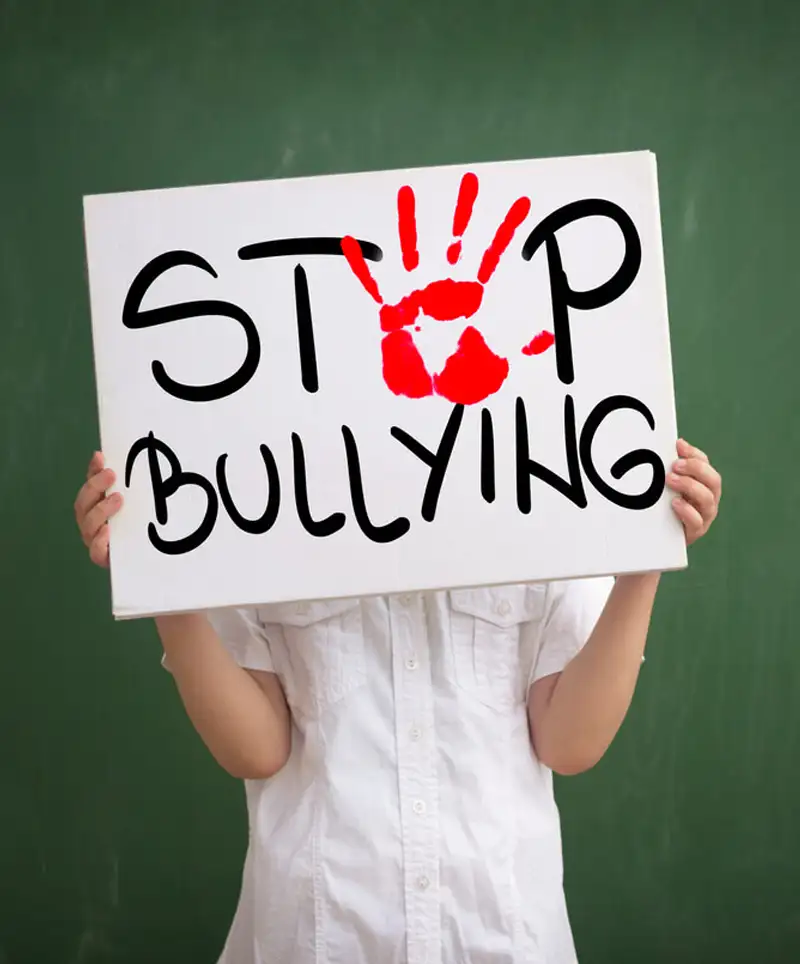Raising Awareness and Promoting Kindness
Bullying knows no borders—and thankfully, neither does the global effort to end it. Around the world, different countries observe their own versions of Anti-Bullying Day, all with one shared mission: to stop bullying in all its forms and promote kindness, empathy, and inclusion. While some countries choose specific dates for national events, the message remains consistent across borders. For example, New Zealand celebrates Pink Shirt Day on the third Friday of May, which in 2025 falls on May 16th. In the United States, National Stop Bullying Day is marked on the second Wednesday in October. In the UK, an entire Anti-Bullying Week is held each November. These events may differ in timing and approach, but all are united in a global stand against bullying.
Origins and Global Adoption
Anti-Bullying Day as celebrated on May 4th has its roots in a bold act of kindness. In 2007, two high school students from Nova Scotia—David Shepherd and Travis Price—noticed a fellow student being bullied for wearing pink. Instead of standing by, they stood up. The next day, they handed out pink shirts to their classmates in a show of solidarity. What began as a local act of compassion sparked a nationwide movement across Canada and eventually evolved into Pink Shirt Day.
The idea spread like wildfire, inspiring schools, businesses, and organizations to adopt the pink shirt as a powerful symbol of anti-bullying solidarity. The message was clear: no one should have to face bullying alone.
As awareness grew, so did international participation. Countries around the world tailored their own observances. Australia, for example, observes the National Day of Action Against Bullying and Violence in March, while Japan promotes anti-bullying awareness through its school systems with annual campaigns supported by educational ministries. Many European countries have launched similar initiatives, often integrating Anti-Bullying Day into broader school wellness and mental health programs.
 This international reach has been supported by global organizations like UNESCO and UNICEF, which work to ensure anti-bullying resources and education are accessible in diverse cultural and linguistic settings. Whether celebrated in a classroom in Toronto or a community center in Wellington, the mission remains the same—fostering safety, dignity, and kindness.
This international reach has been supported by global organizations like UNESCO and UNICEF, which work to ensure anti-bullying resources and education are accessible in diverse cultural and linguistic settings. Whether celebrated in a classroom in Toronto or a community center in Wellington, the mission remains the same—fostering safety, dignity, and kindness.
The Impact of Bullying
Bullying, whether in school hallways or in digital spaces, continues to be a serious and widespread problem. Globally, more than one in three students report experiencing bullying. In the U.S., roughly 20% of students say they’ve been bullied on school property, and an increasing number report being targeted online.
Bullying can take many forms:
- Physical: pushing, hitting, or other acts of aggression
- Verbal: name-calling, insults, or threats
- Social/Relational: exclusion, rumor-spreading
- Cyberbullying: harassment through digital platforms
The effects of bullying aren’t just short-term. Victims often experience anxiety, depression, and lowered academic performance. Some withdraw from school entirely. According to the CDC, students who are bullied are more likely to suffer from long-term emotional and behavioral issues that persist well into adulthood. In severe cases, bullying has been linked to suicidal ideation, underscoring the urgent need for intervention and prevention.
Education, Empathy, and Action
Anti-Bullying Day brings attention not only to the problem but also to the solutions. Schools around the world use the day to host assemblies, run kindness campaigns, and lead classroom discussions about empathy, bystander intervention, and respect. Wearing pink, writing kind notes, or participating in group art projects are just some of the ways students express their commitment to kindness.
The goal is not just to support victims, but also to reach out to bullies themselves—many of whom are acting out due to issues at home or struggles with their own self-worth. Anti-bullying initiatives seek to shift the culture by promoting open communication, restorative practices, and accountability rather than just punishment.
The Digital Battlefield
Of course, the modern battleground extends far beyond school grounds. The rise of smartphones and social media has made bullying a 24/7 issue. Cyberbullying, while less visible, can be even more harmful—anonymity emboldens tormentors, and content can spread rapidly.
Anti-Bullying Day includes a growing focus on digital citizenship. Campaigns encourage respectful online interactions, teach youth how to report abuse, and emphasize that screenshots can be more powerful than swords when it comes to holding bullies accountable. Adults, too, are encouraged to model better online behavior—because unfortunately, bullies don’t always grow out of it.
Beyond One Day
While Anti-Bullying Day serves as an annual reminder, the effort must continue every day of the year. Communities, schools, and families all play a role in preventing bullying by fostering environments where empathy is the norm and cruelty is called out. Continued education, thoughtful policies, and a commitment to listening can all contribute to long-term cultural change.
Every pink shirt worn, every kindness shared, and every stand taken against bullying moves us closer to a world where everyone feels safe, seen, and supported.
Please Share our Content






 This international reach has been supported by global organizations like UNESCO and UNICEF, which work to ensure anti-bullying resources and education are accessible in diverse cultural and linguistic settings. Whether celebrated in a classroom in Toronto or a community center in Wellington, the mission remains the same—fostering safety, dignity, and kindness.
This international reach has been supported by global organizations like UNESCO and UNICEF, which work to ensure anti-bullying resources and education are accessible in diverse cultural and linguistic settings. Whether celebrated in a classroom in Toronto or a community center in Wellington, the mission remains the same—fostering safety, dignity, and kindness.








 "Sláinte!" is a traditional Irish expression used as a toast, equivalent to "Cheers!" in English.
"Sláinte!" is a traditional Irish expression used as a toast, equivalent to "Cheers!" in English.